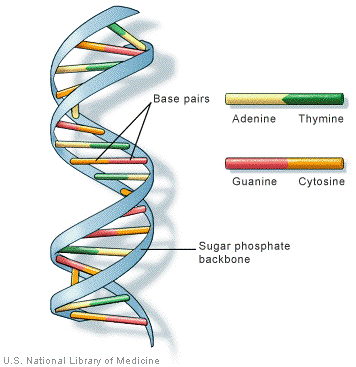Science and Technology
In news: Described by scientists as “the most sophisticated cell engineering to date,” an experimental treatment would provide the teenager Alyssa, diagnosed with blood cancer, a new lease of life.
About T-Cell blood cancer:
- T-cell acute lymphoblastic leukaemia (T-ALL).
- T-ALL affects the stem cells in the bone marrow that produce a particular kind of white blood cells (WBC) called T lymphocytes (T cells).
- These cells provide a person immunity by killing cells carrying infections, activating other immune cells, and regulating the immune response.
- At least 20% of these WBC are atypical– as they accumulate in the bone marrow, they crowd out “good” WBCs and hence weaken the immune system.
- These unhealthy cells can also accumulate in other parts of the body like the liver, spleen and lymph nodes.
- While found in both children and adults, T-ALL’s incidence decreases with age.
Its treatment:
- Similar to any leukaemia– chemotherapy and stem cell/bone marrow transplant.
- Chemotherapy – either kills the cancerous cells or stops them from further dividing.
- It may also wreck immunity system along with it.
- If chemotherapy fails, bone marrow transplant is done.
- Patients receive an infusion of healthy bone marrow cells that will hopefully multiply and restore immunity.
- Overall treatment for T-ALL is pretty effective– children have a survival rate of over 85 per cent after five years of receiving this treatment.
Treatment received by Alyssa:
- Alyssa received a dose of healthy T-cells from a donor that would hopefully attack her cancerous cells without destroying each other.
- Known as CAR-T therapy, this principle has been around for a while, but Alyssa’s case was different.
- Traditionally, CAR-T therapy involves following steps:
- First, an individual’s own T-cells are removed, which are then modified and reintroduced to the individual.
- Adding a gene to T-cells that causes them to seek out and destroy cancerous cells.
- The modified cells are known as CAR-T cells.
- Problem with CAR-T therapy: Very often, when an individual is really sick, it is simply impossible to obtain enough healthy T-cells to create CAR-T cells.
- While donors can provide healthy T-cells to an individual, these T-cells from a foreign body attack every single cell in that patient’s body, making the treatment counterproductive.
- Thus, scientists have resorted to what is known as base editing– through this technique of genetic editing, they make it possible for one donor to supply T-cells to multiple recipients, without the traditional risks associated with it.
- Thus, Alyssa received genetically modified cells that were programmed to specifically attack her cancer while leaving the rest of her body alone.
What is base editing?

- Bases are the language of life.
- Just as letters in the alphabet spell out words that carry meaning, the billions of bases in our DNA spell out the instruction manual for our body.
- Scientists can zoom into a precise part of the genetic code to alter the molecular structure of just one base, effectively changing its genetic instructions.
- A team at the Great Ormond Street Hospital managed to use base-editing to create a new type of T-cell from a healthy donor that would not attack other cells in Alyssa’s body, not kill each other, survive chemotherapy and finally, hunt down all other T-cells in Alyssa’s body (healthy and cancerous).
Source: Indian express
Previous Year Question
Q.1) What is Cas9 protein that is often mentioned in news? (2017)
- A molecular scissors used in targeted gene editing
- A biosensor used in the accurate detection of pathogens in patients
- A gene that makes plants pest-resistant
- An herbicidal substance synthesized in genetically modified crops














